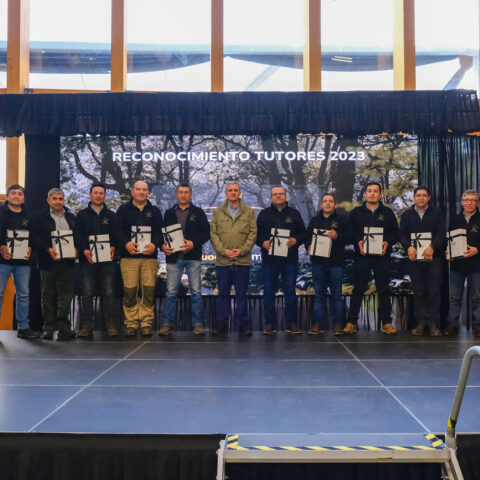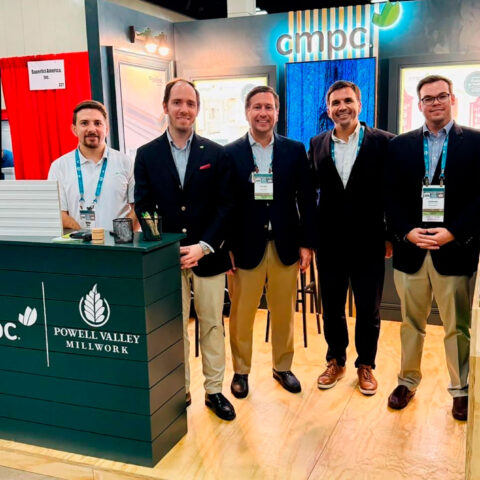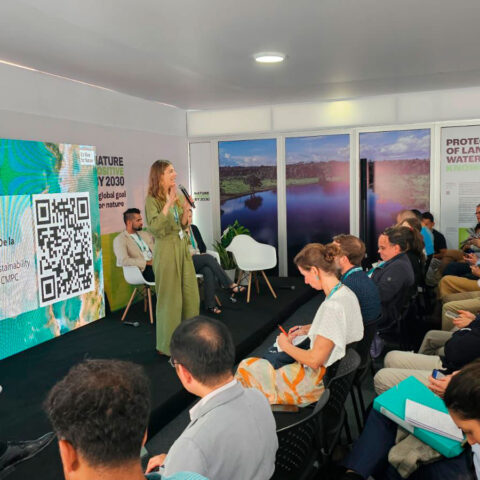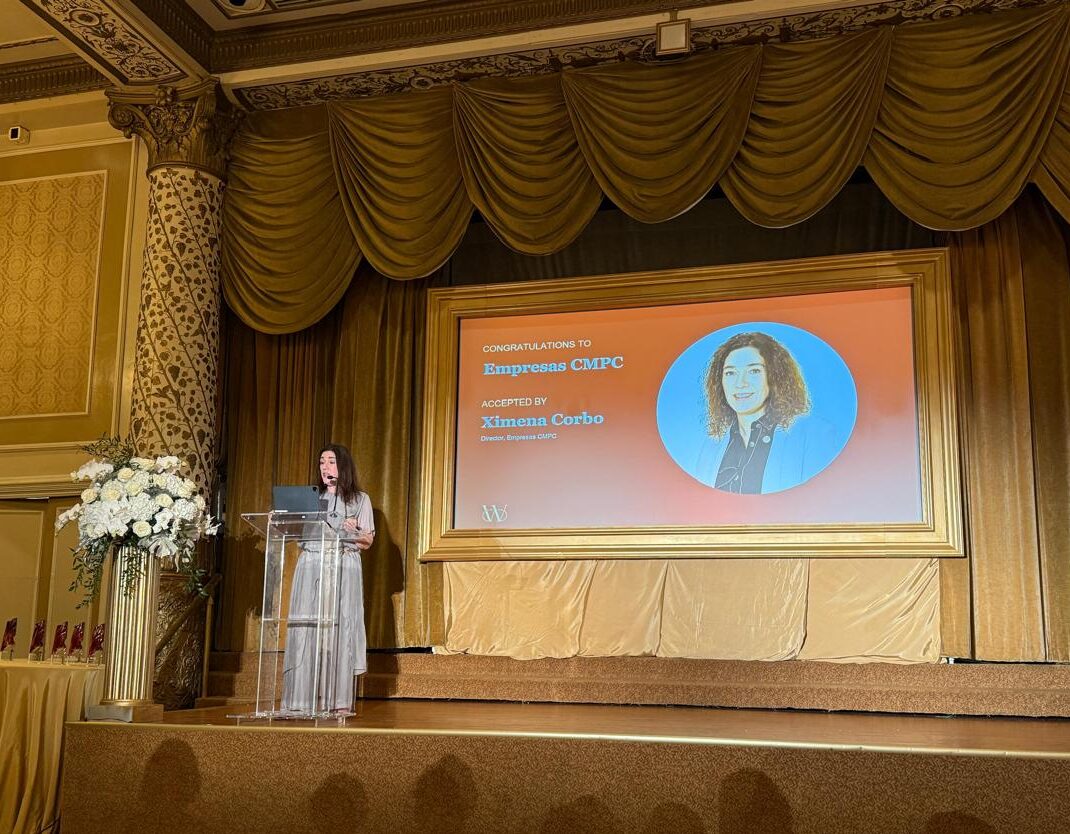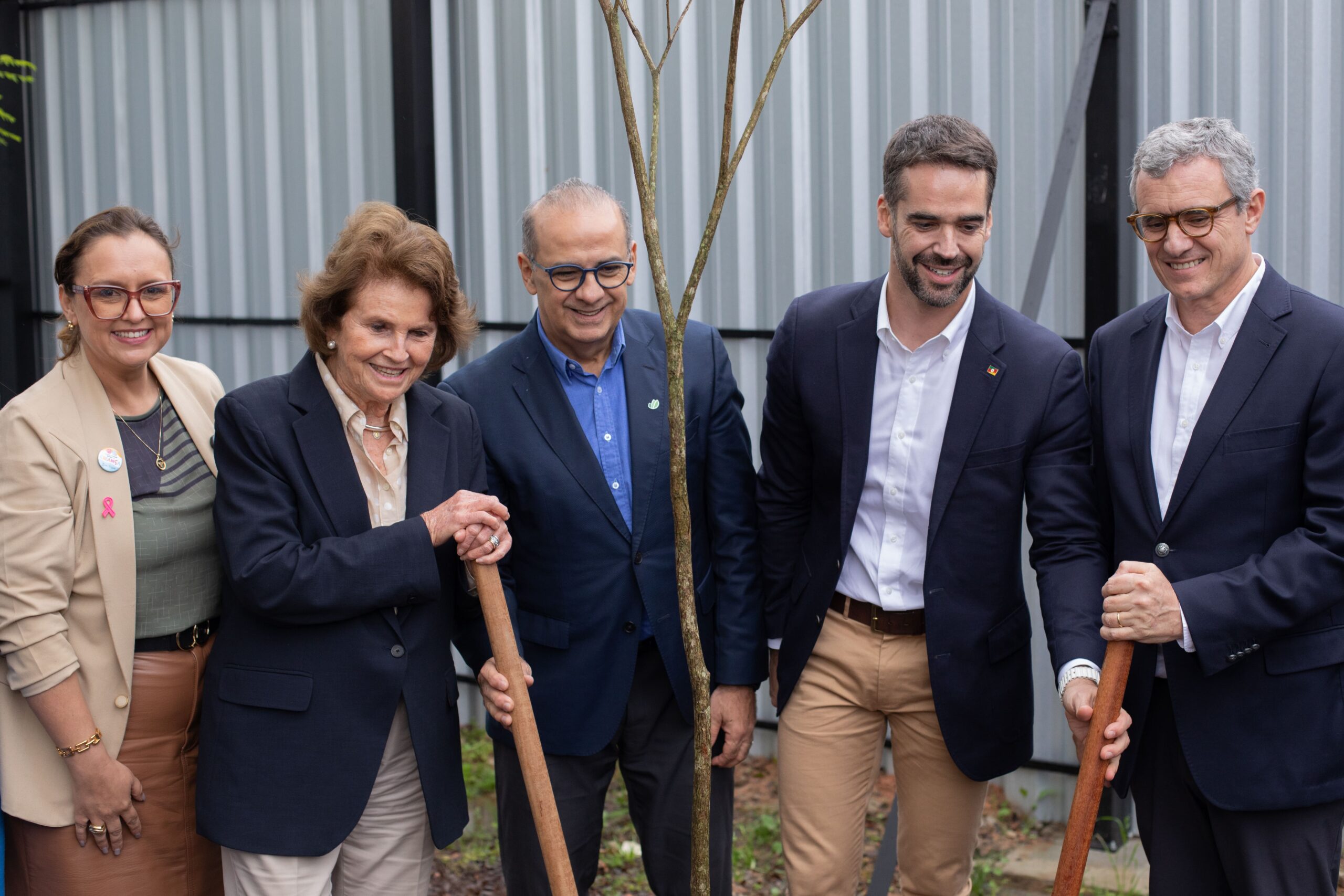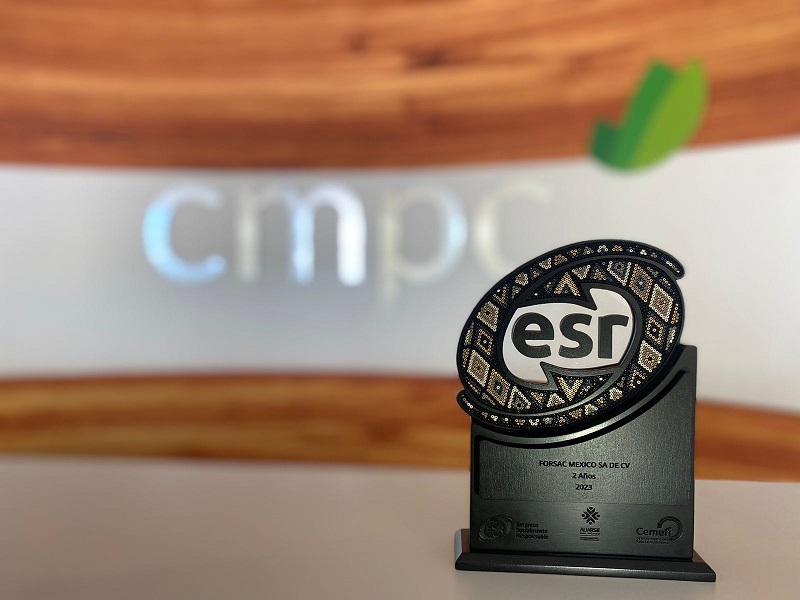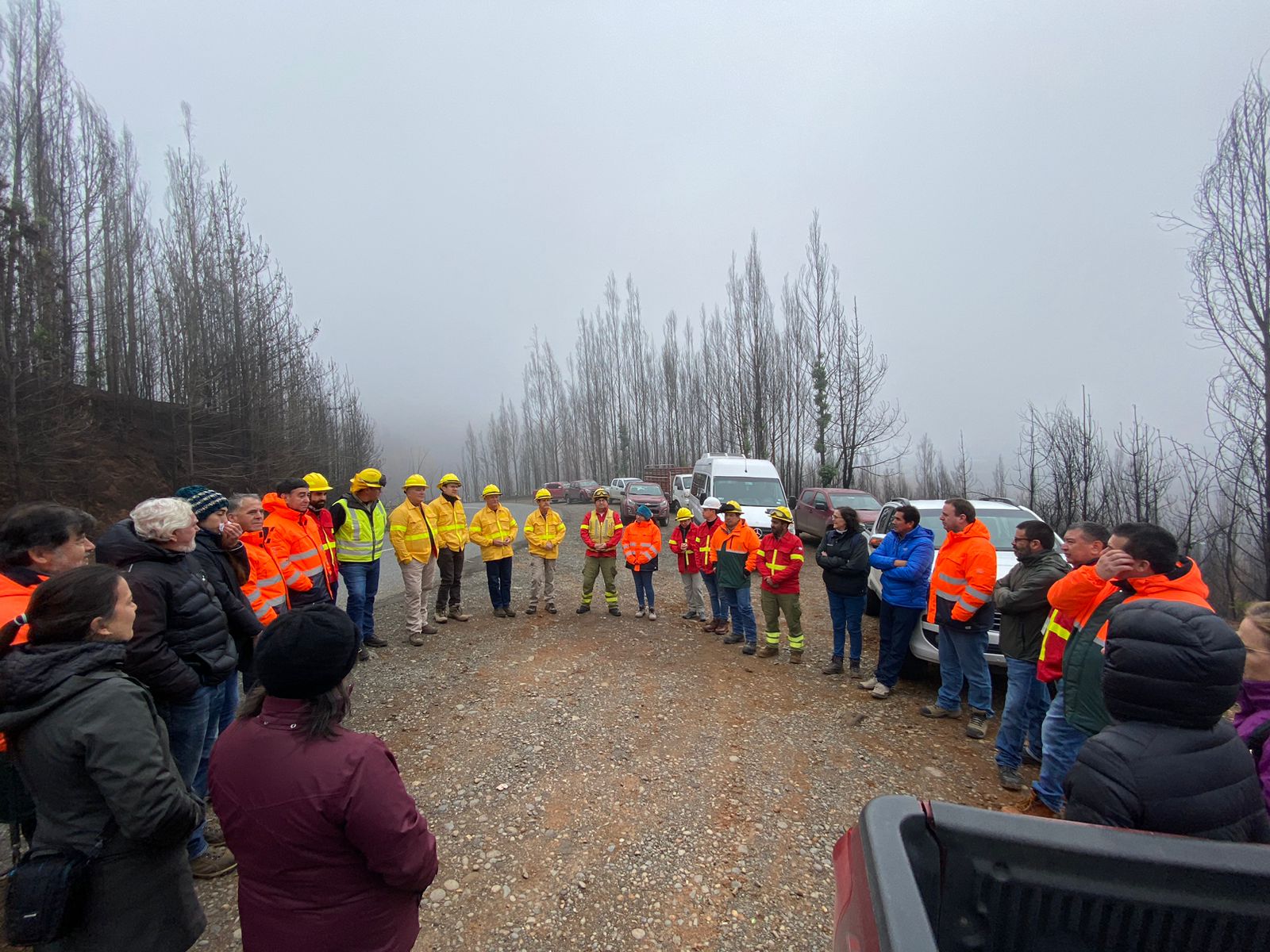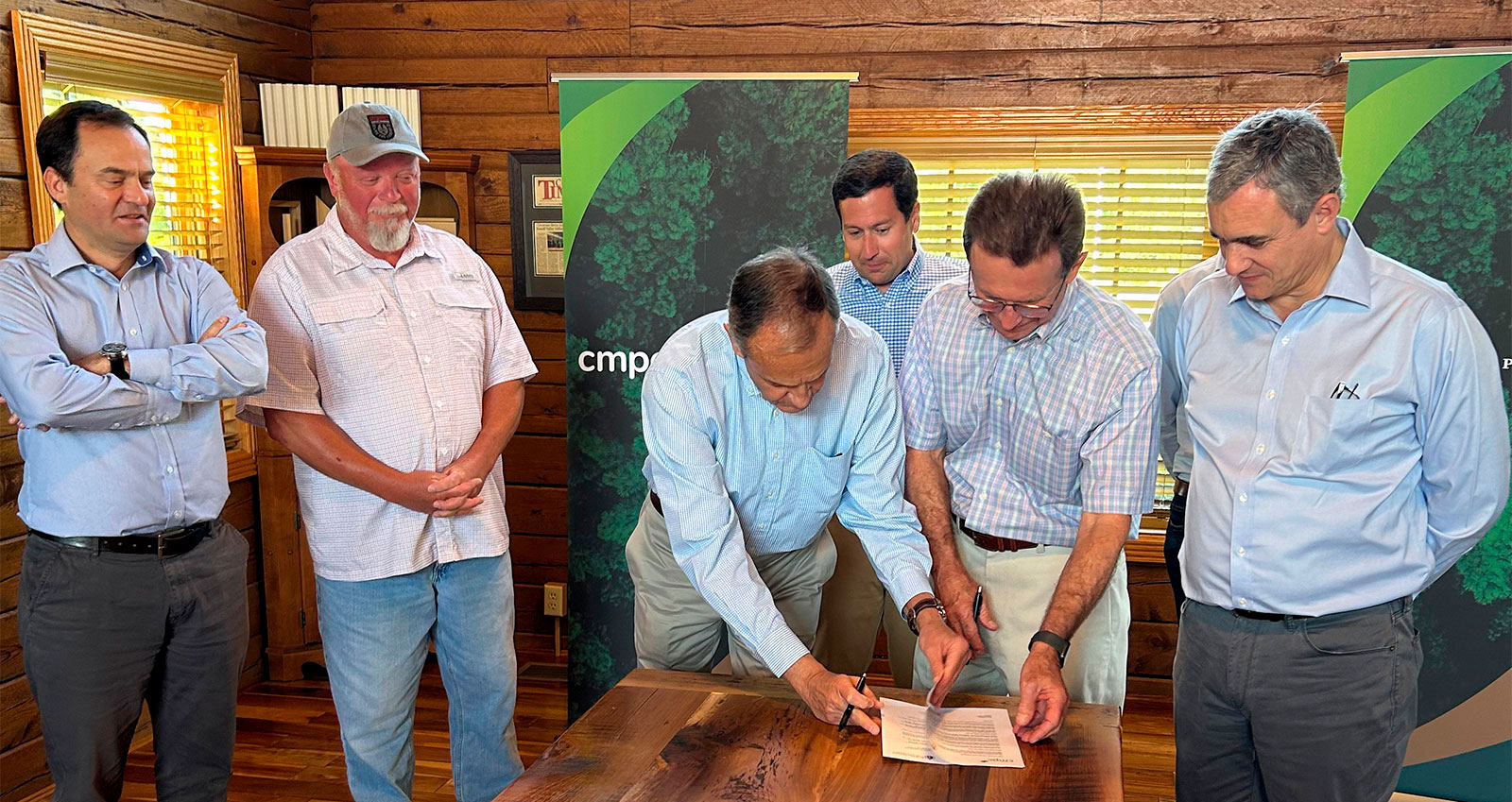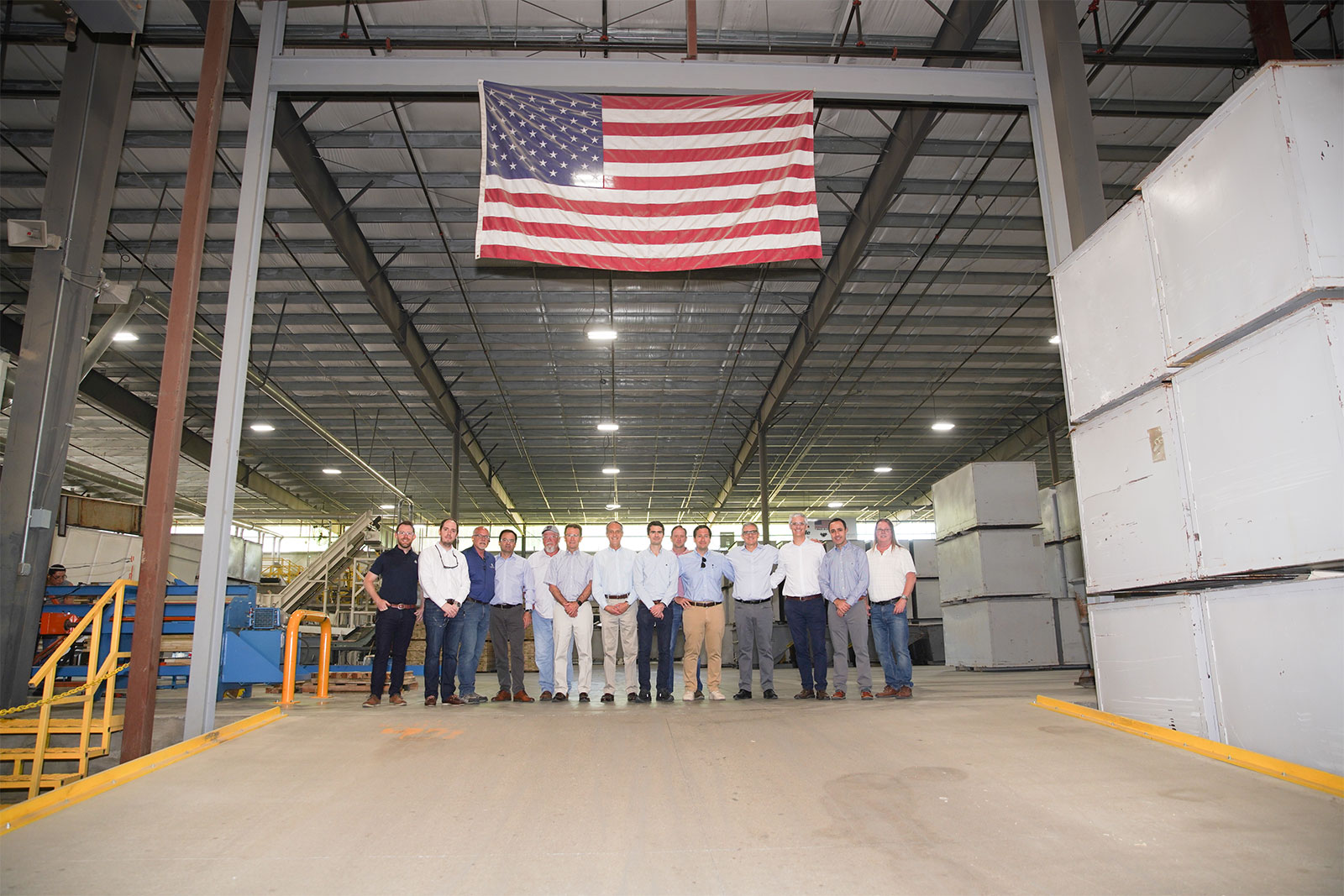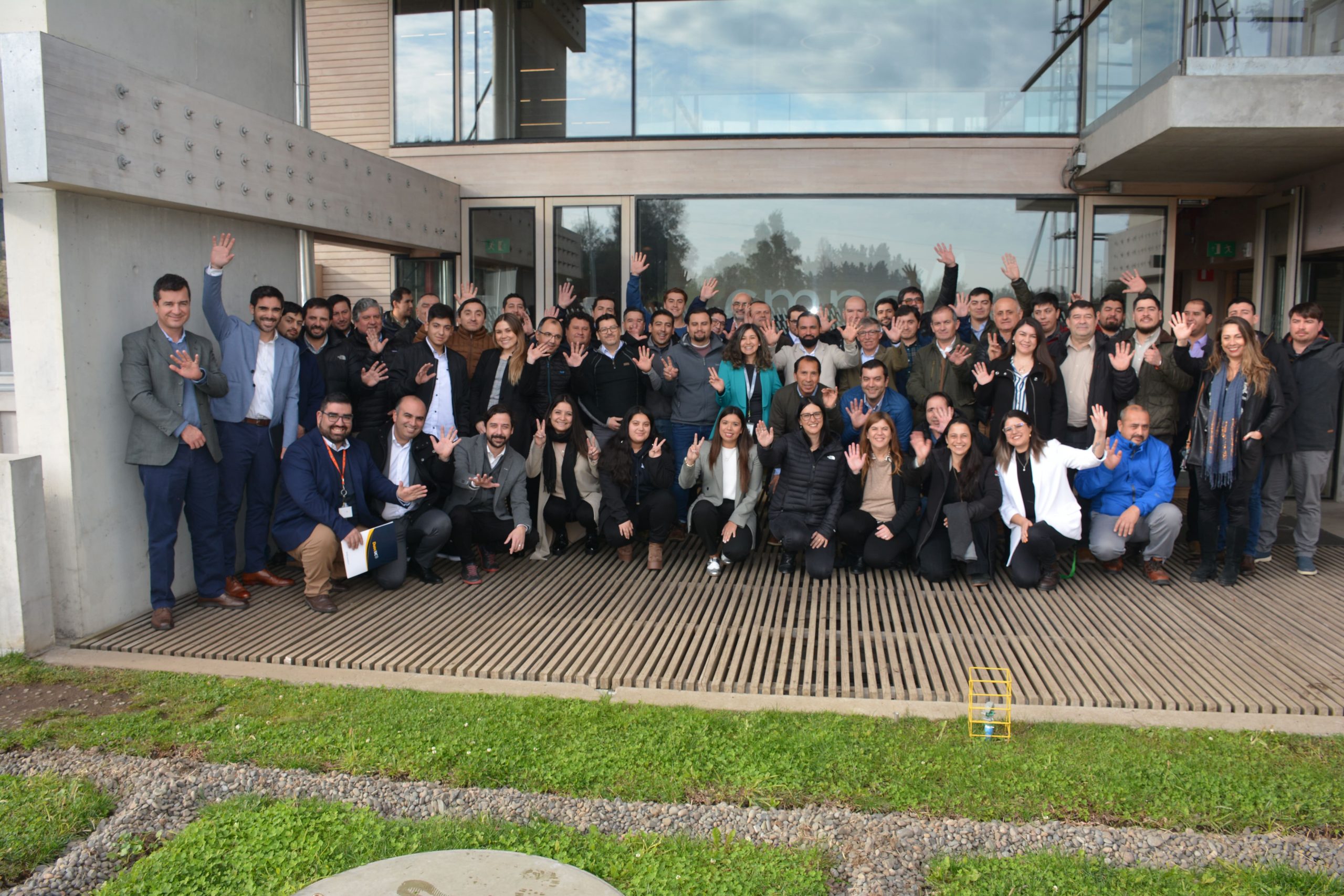
CMPC celebrates 100 years looking to the future
12 de March, 2020
It became a company from the end of the world, to one of the world, with industrial operations in eight Latin American countries and commercial presence in the US, Europe and China, thanks to the contribution of the workers behind the manufacture of products that are sustainable, renewable and friendly to the environment, and which are sold on the five continents
“Mr. Lucho, get the idea out of your head, beet sugar factories have been a failure in Europe, they can’t compete with sugar cane. It is better to produce paper and cardboard, that is imported and here we have the raw material to do it. ”
As it is said, the exchange of these ideas between Luis Matte Larraín, an already successful entrepreneur in 1918, and Juan Guillén, the legendary Maestro Palomo, a Spanish anarchist, mechanic by profession and a knowledgeable expert on “producing paper”, prompted the entrepreneur to embark in this project, organizing the Cardboard Factory Community.
The other version that is told is that the engineer Domingo Matte Larraín, connoisseur of the Chilean industrial market, made a detailed analysis of the convenience of founding a cardboard factory and, by a letter he send to his brother Luis, he convinced him that it was a good business alternative.
That is how on March 12, 1920, the Compañía Manufacturera de Papeles y Cartones (Paper and Cardboard Manufacturing Company) was established, a creation that was registered in the Supreme Decree 589 and signed by the President of the Republic of that time, Juan Luis Sanfuentes.
The company’s settlement was on the grounds of the Ebbinghaus factory – the last name of one of Matte’s first partners – located in Puente Alto, a peasant area that was characterized as a place of passage for the muleteers who crossed into Argentina.
Before producing pulp using wood as a raw material, wheat straw was used both in Chile and in Europe, and Puente Alto was no exception. In fact, after the investment in machinery and infrastructure, in 1925 the installation of the straw pulp mill began and it could supply an entire paper machine.
Given the growth of the company, the depopulated peasant settlement ceased to be and the founders of CMPC promoted the creation of the Población Papelera (The Paper Neighborhood) with 262 houses with up to four rooms, which was accompanied by social and educational benefits for all workers.
Ema Lanz, the first social visitor that the Company had since 1933, was in charge of planning this innovative housing system and accompanying the workers´ families in all aspects, and she even managed to reduce child malnutrition in the commune.
Expansion
That quality of life that was sought from the beginning of the last century continued to be practiced in all the new facilities that the Company acquired. In the 1940s, an important step in the forestry area and that would mark the development of the industry was the acquisition of the Los Pinares forest estate, near Concepción. As well as the purchase of a land in the Agustinas street in Santiago, where a modern office building for the administrative work of CMPC was projected and that continues to operate until today.
This growth reached its peak when the construction of the Laja paper and pulp mill began. It was the largest industrial project of the 50s. And, like what happened in Puente Alto years before, the first neighborhoods for the workers of Laja were built hand in hand with production.
At the end of 1958 there was a very important transfer of the internal command. Jorge Alessandri, who ran the Company in those years, communicated to the Company’s managers: “I have accepted the presidential candidacy and we have appointed Ernesto Ayala as CEO,” who remained at CMPC for almost half a century.
At the same time, the Export Department was created, whose purpose was to start sending cellulose to the South American markets. The first shipment left in 1962 to Venezuela.
The CMPC expansion did not stop. The Company arrived in Concepción, to porduce newspaper and in Valdivia to produce duplex cardboard packaging. However, the 1960 earthquake and tsunami tested the factory. “We were more than a thousand men lifting a two and three meter high barrier. The river took a wooden ruffle of 50 meters, but our defenses endured”, recalls witnesses of the time.
Product diversification
Just as generating development environments and quality of life for workers and the community has marked the history of CMPC from the beginning, to be an innovative company has also been a goal. In the decade of the 1970s, the elaboration of products other than cellulose and wood began. For example, in Chillán, the multi-bag sack processing factory, Propa, started.
But difficult years came, whose corollary was the crisis of ´82. However, CMPC managed to circumvent this period by investing, maintaining its stable financial situation, ratifying its export option and generating products linked to its industry.
The year that Patricio Aylwin was elected President of the Republic, was the inauguration of the “machine 17” that allowed to start operations of a new tissue paper mill in Puente Alto.
To face this new decade, CMPC’s executives decided to strengthen internationalization, settling directly in countries in South America. The first purchase was in Argentina with the acquisition of Química Estrella, renamed Prodesa. Then factories were purchased in Peru, Uruguay, Colombia, Mexico and Ecuador.
Chile was not left behind either, with the launch of Celulosa del Pacífico in Villa Mininco, in the Araucanía region, when CMPC already exceeded 80 years of history.
To the centenary
“CMPC has firmly maintained the line of being an integrated company, being part of the communities where we operate and seeking not only to be good neighbors, but also to create development environments and quality of life for all, just as we did a century ago when we created the first residential neighborhoods for the workers”, says the current CEO of Empresas CMPC, Francisco Ruiz-Tagle.
From the construction of neighborhoods to cultural and recreational places, the Company created, for example, the Alessandri Park –located 18 kilometers from Concepción- that since 1993, its 11 hectares are open to the community. This iniciative advances in parallel to the development of the Company, as it is remembered the launch of the factory Cartulinas Maule in 1998, in which the former President of the Republic Eduardo Frei participated, and it caused an impact for the high technology in its facilities.
Two years later, the CMPC Foundation emerges – which this year turns 20 years old – with education programs that range from accompanying preschoolers to complete schools.
Another action that reflects this concern for the community started in this period when the Sociedad Recuperadora de Papeles (Sorepa) -Paper Recovery Society- began an intense job of recycling paper and cardboard, eliminating intermediaries and covering up to 22 cities.
The environmental issue continued to gain strength over the years. Forests and wood products fulfill the task of capturing carbon, therefore, CMPC feels that it is key for Chile to become a carbon neutral economy.
Being consistent with this path, the company inaugurated – at the end of the decade – the Corporate Building in the city of Los Angeles, built entirely of wood and where 400 people works in. This has become a living example of the potential for the use of wood for large buildings.
In addition, four relevant and demanding environmental commitments were announced, and they respond to science and the goal of contributing to climate change. Therefore, bioeconomy, renewable energy, digitalization, circular economy, nano technology, have become issues that for this forest and paper industry are playing a leading role in their daily activities.
This position, CMPC also puts it into practice when continuing to seek new business opportunities abroad. Last November the Company turned 10 years old in Brazil with its facilities in Guaiba, a factory that is already zero waste thanks to the fact that it transforms them into fertilizer for agricultural use, in addition to its facilities in San Pablo and recently in Paraná for the production of Tissue products.
In CMPC are the products of the future. Those that solve people’s legitimate and daily needs, but above all, take care of the environment, by coming from a natural and renewable source such as fiber. Our fiber.
In these 100 years, the Company managed to be – as its founders imagined – a Latin American company, with operations in eight countries, offices of commercial representation in the United States, Europe and China, and its products reach all over the world, in the five continents.
The Company began with about 50 workers, and last year it reached 17 thousand 589 employees distributed in all the cities where it has operation.
“Companies are not possible by the material means that make them up, they are not possible even by the products or services they deliver. All of that is important, but companies are the people who integrate them. It is the main capital, the most valuable heritage and the livelihood on which we have built our first 100 years of history and the next 100 still to live”, says Ruiz-Tagle.
That is how these first 100 years have become only the beginning.

